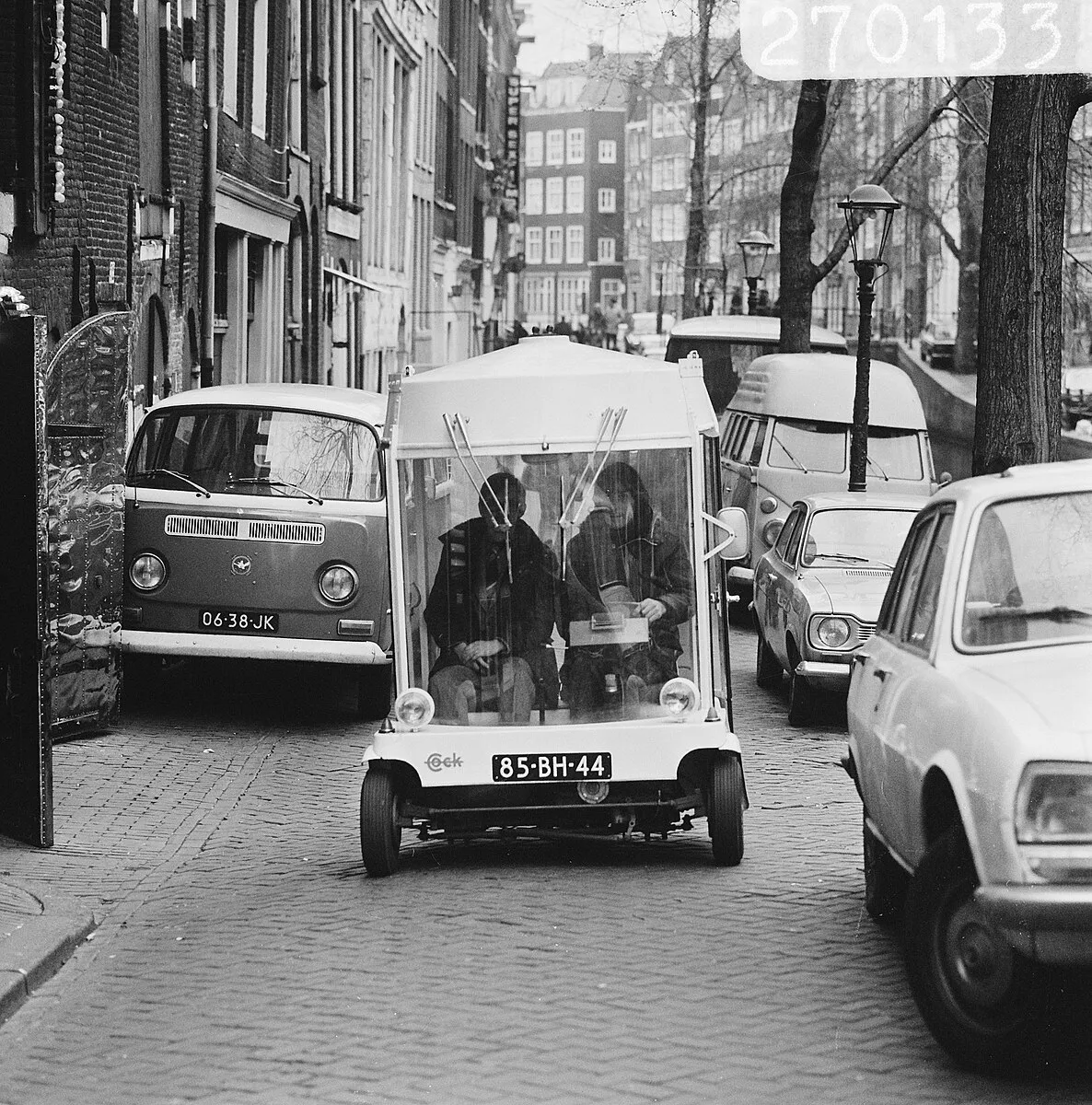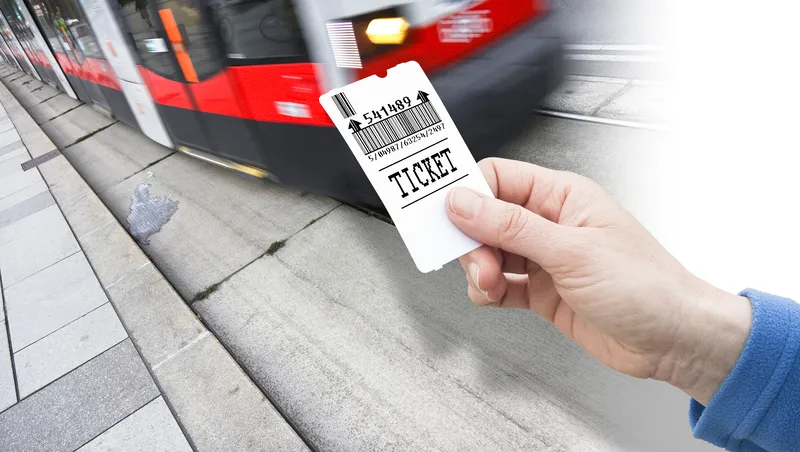There is no missing the 2.6 x 1.5m, five-colour trailer mounted message sign that dominates Wanco’s stand.
April 6, 2016
Read time: 1 min

There is no missing the 2.6 x 1.5m, five-colour trailer mounted message sign that dominates 8117 Wanco’s stand.
According to the company it is one third the price of some of its competitors and the only solar powered five colour sign of its size that will run for 40 hours on the internal maintenance-free batteries alone. The sign is made up from around 2,000 clusters, of 15 LEDs each comprising three of each colour (red, blue, green, amber and white).
A hand-held touch screen controller allows users to create messages in up to 12 fonts as well as mixing messages and graphics in a single display or to scroll from one display to the next - even to the point of making simple animations.










